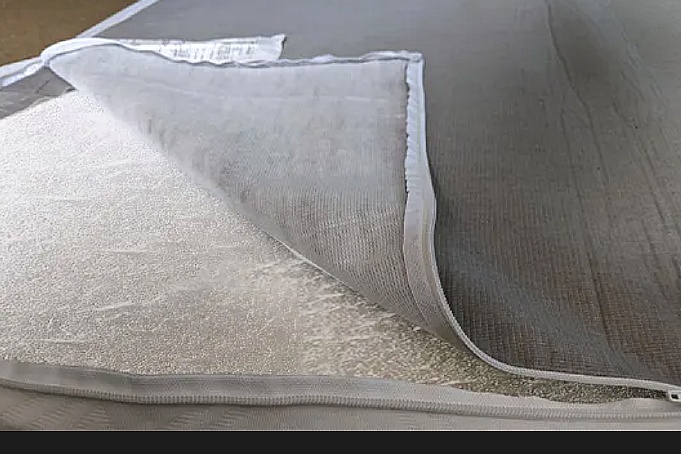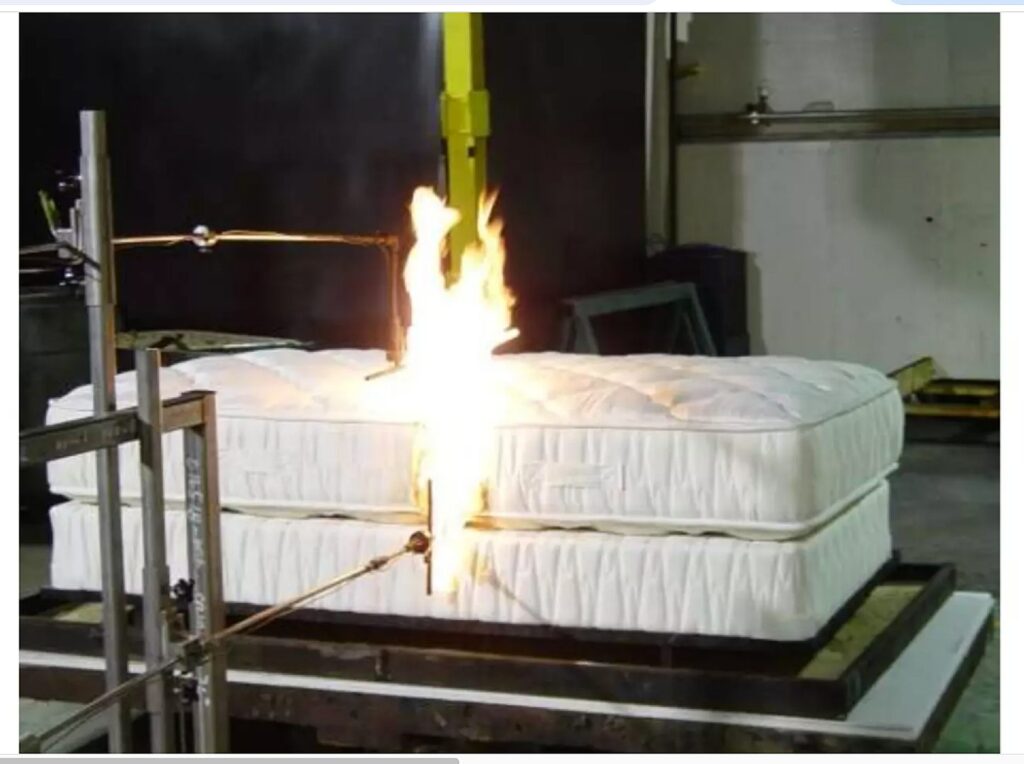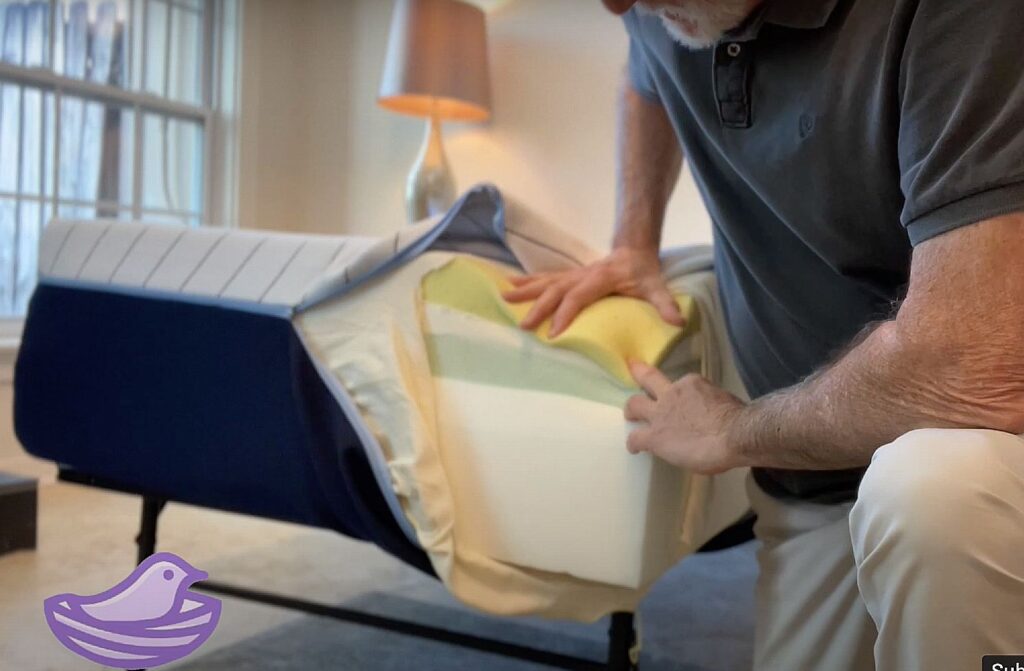The Health Hazards Of Fiberglass In Mattresses

Buying a mattress without fiberglass seems to be top of mind when shopping, with recent legal actions against several prominent mattress companies.
After spending 25 years as a mattress manufacturer and designer, I became an authority on the use of fire barriers in mattress design, especially natural materials like organic wool, thistle pulp, and others.
Federal laws require the application of what’s known in the industry as “FR1633 compliant“, referring to the materials and manufacturing techniques used to render a mattress safe for consumer use.
Why Is Fiberglass Used In Mattress Design In The First Place?
Fiberglass is a versatile material composed of extremely fine glass fibers, typically made from molten glass that is drawn into thin strands. These fibers are woven together to form a strong, lightweight, and durable material.
Fiberglass is used in the construction, automotive, aerospace, and insulation industries. In construction, fiberglass is used for insulation in buildings and homes because of its thermal properties. It is also used pipe, tank, and other structural component manufacturing due to its tensile strength and corrosion resistance.
In the automotive, boating, and aerospace industries, fiberglass is used to build lightweight components, such as body panels and interior parts, greatly reducing component weight.
In the mattress industry, fiberglass is used as a fire barrier so that it complies with federal flammability laws. Fortunately, there are many mattress options sold online that use fire barriers containing zero fiberglass.
While fiberglass offers numerous benefits, including strength, durability, and insulation properties, but when the cotton candy like glass fibers become airborne, it can be hazardous. Inhalation of fiberglass can irritate the respiratory system and skin, leading to symptoms such as itching, coughing, and difficulty breathing.
Long-term exposure to fiberglass may also increase the risk of developing respiratory conditions such as asthma and bronchitis.

Fiberglass is used in woven form for mattress fire barriers, and can be properly sealed inside a mattress, but if it becomes damaged due to ripping or tearing, or exposed when a mattress cover is removed for cleaning or replacement, the glass fibers themselves can be released.
While it is easier now to find a mattress without fiberglass, it has been uses as a fairly inexpensive fire barrier fabric to meet flammability regulations. Recently, several mattress companies have been embroiled in high profile lawsuits brought by consumers.
Fiberglass particles can become airborne and easily spread throughout the environment, posing a risk of inhalation and skin irritation for consumers. As a result, there have been legal issues and consumer complaints surrounding the use of fiberglass in mattresses.
Surprisingly, There Are Plenty Of Mattress Without Fiberglass Options

In response to these concerns, some mattress companies have started offering fiberglass-free alternatives to address consumer demand for safer, non toxic mattresses. My table below points to some brands I’ve reviewed that contain alternative fire barrier materials that meet flammability standards.
Despite the legal challenges and health hazards associated with fiberglass, ongoing research and innovation aim to develop safer alternatives that maintain the necessary fire safety standards while minimizing potential risks to consumers.
Best Mattress Without Fiberglass I Recommend
| Best Organic Latex | Avocado Green Mattress | Check Price |
| Best Low Cost Mattress | Bear Original Mattress | Check Price |
| Best Back/Hip Pain Mattress | Saatva Classic Mattress | Check Price |
| Best For Heavier People | Big Fig Mattress | Check Price |
| Best Latex+Coil Option | Nolah Natural Mattress | Check Price |
| Best Reversible, Firm Mattress | Plank Flippable Mattress | Check Price |